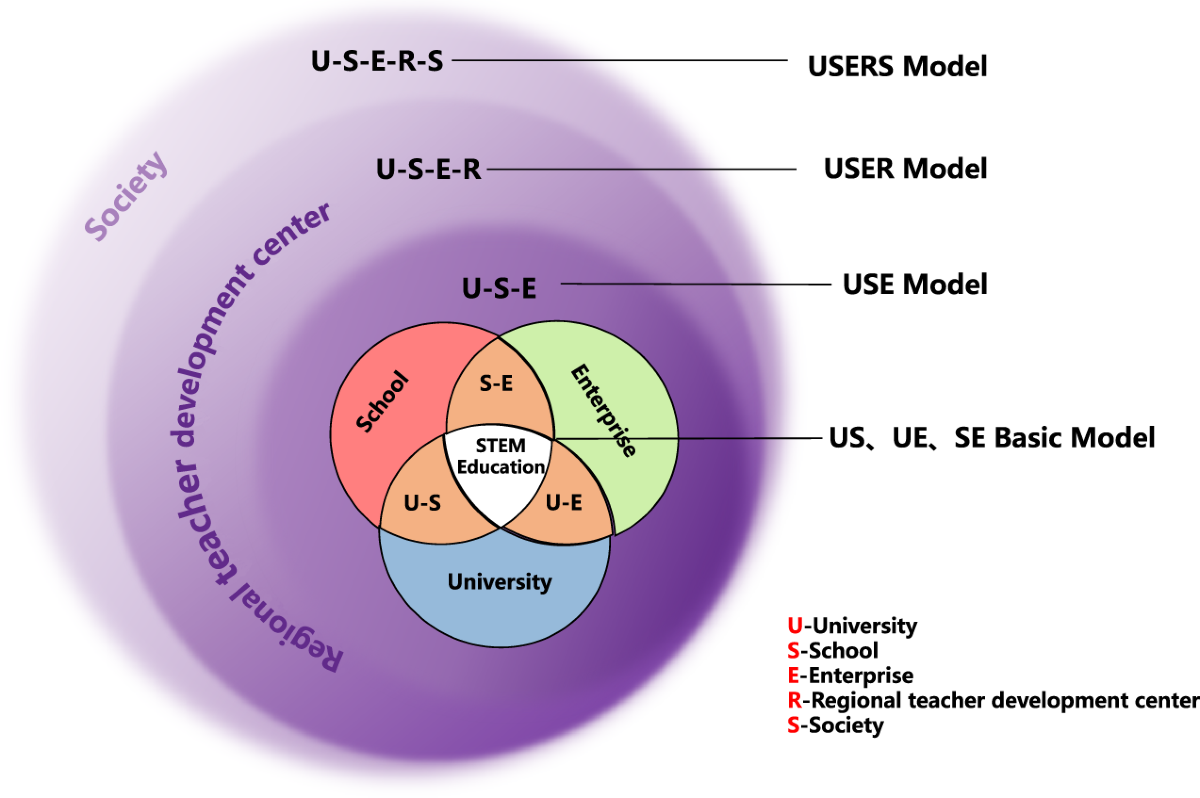Pulse of Information
Your source for the latest insights and updates.
STEM-ulating Minds: Why Curiosity is the Real Genius
Unlock the secret to genius! Discover how curiosity fuels innovation and shapes STEM success in our captivating blog.
The Role of Curiosity in Advancing STEM Education
The role of curiosity in advancing STEM education is pivotal, as it serves as the driving force behind innovation and critical thinking. When students approach scientific, technological, engineering, and mathematical subjects with a sense of wonder and inquiry, they are more likely to engage deeply with the material. Curiosity encourages learners to ask questions, explore new concepts, and seek out solutions, which cultivates a productive learning environment. By fostering a culture that embraces curiosity, educators can inspire the next generation of innovators who are eager to tackle complex challenges and contribute to future breakthroughs.
Furthermore, curiosity in STEM education can be enhanced through hands-on experiences and real-world problem-solving activities. For instance, when students participate in collaborative projects that require them to brainstorm, experiment, and iterate, they not only solidify their understanding of core principles but also develop essential soft skills like teamwork and communication. This proactive approach to learning not only makes STEM subjects more accessible and engaging, but it also cultivates a lifelong passion for exploration and discovery, essential for continued growth in these dynamic fields.

How to Foster a Curious Mindset in Young Learners
Fostering a curious mindset in young learners is essential for their development and engagement with the world around them. A curious mindset encourages children to ask questions, explore new ideas, and develop critical thinking skills. To initiate this process, parents and educators can create an environment that values inquiry. This can include providing access to a variety of resources such as books, interactive materials, and immersive experiences. Engaging children in conversations about their interests and encouraging them to express their thoughts can greatly enhance their willingness to explore and learn.
One effective strategy to nurture curiosity is to encourage hands-on learning experiences. Activities such as science experiments, art projects, or nature walks stimulate the imagination and spark questions. Additionally, incorporating an element of play can make learning enjoyable and less intimidating. Here are some tips for fostering a curious mindset:
- Ask open-ended questions that prompt deeper thinking.
- Provide opportunities for storytelling and imaginative play.
- Allow children to lead explorations based on their interests.
By adopting these approaches, we not only cultivate curiosity but also help young learners develop a lifelong passion for knowledge.
Curiosity vs. Knowledge: Which Drives Innovation in STEM?
Curiosity is often seen as the spark that ignites innovation in STEM fields. It is the driving force behind questions that challenge the status quo and push the boundaries of what we know. When individuals allow their natural desire to explore to guide them, they often stumble upon groundbreaking ideas and solutions. For instance, the process of scientific inquiry begins with curiosity: a scientist observing an unusual phenomenon may wonder, 'Why does this happen?' This inquisitive nature leads to experimentation and ultimately fuels discovery. In this sense, curiosity is not merely a trait; it is a prerequisite for the innovative leaps that characterize the evolution of science and technology.
On the other hand, knowledge provides the foundational framework upon which innovation is built. It equips individuals with the necessary tools, theories, and insights to transform curious questions into practical applications. In the world of STEM, knowledge can be systematically organized, taught, and expanded upon, creating a rich ecosystem for innovation. For example, established theories in physics enable engineers to design better infrastructure and create more efficient technologies. Thus, while curiosity ignites the initial desire to learn and explore, it is through the application of knowledge that real-world innovations emerge and progress is achieved.